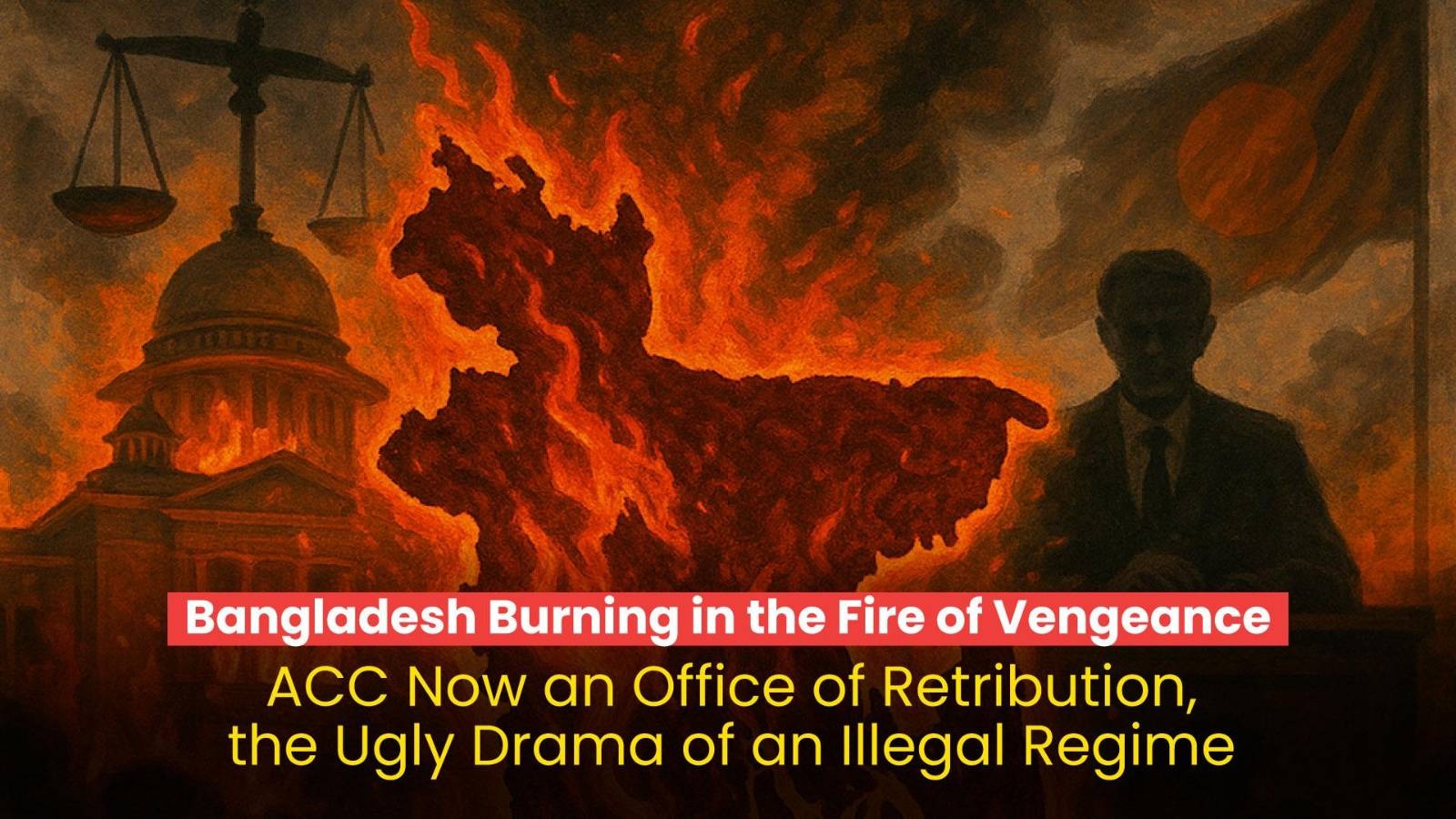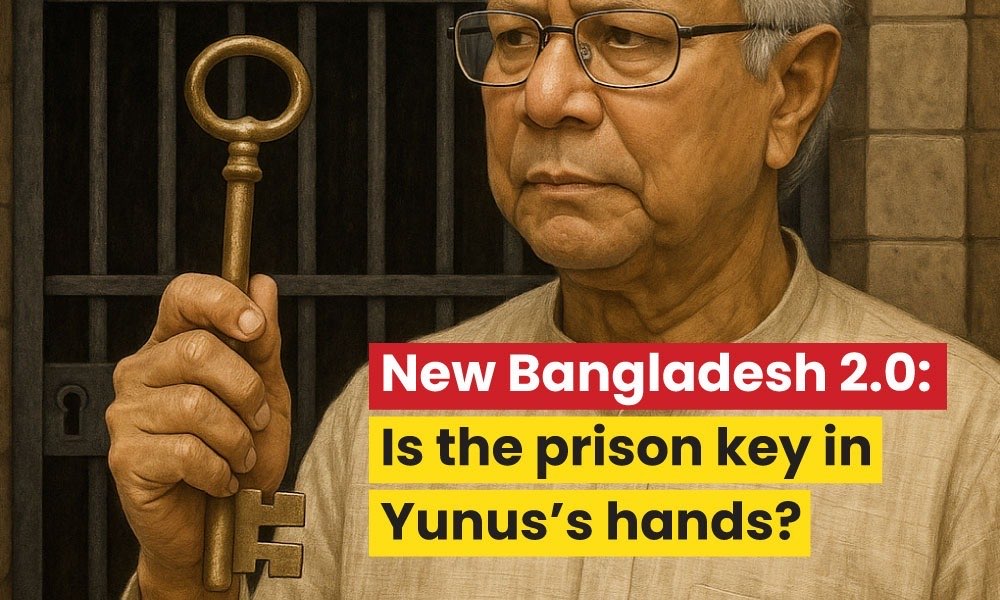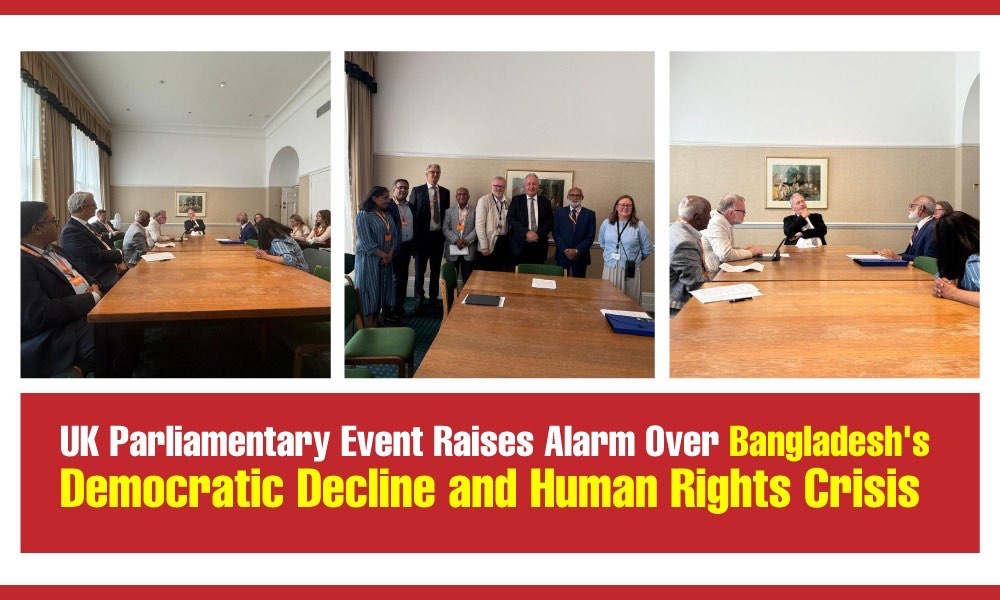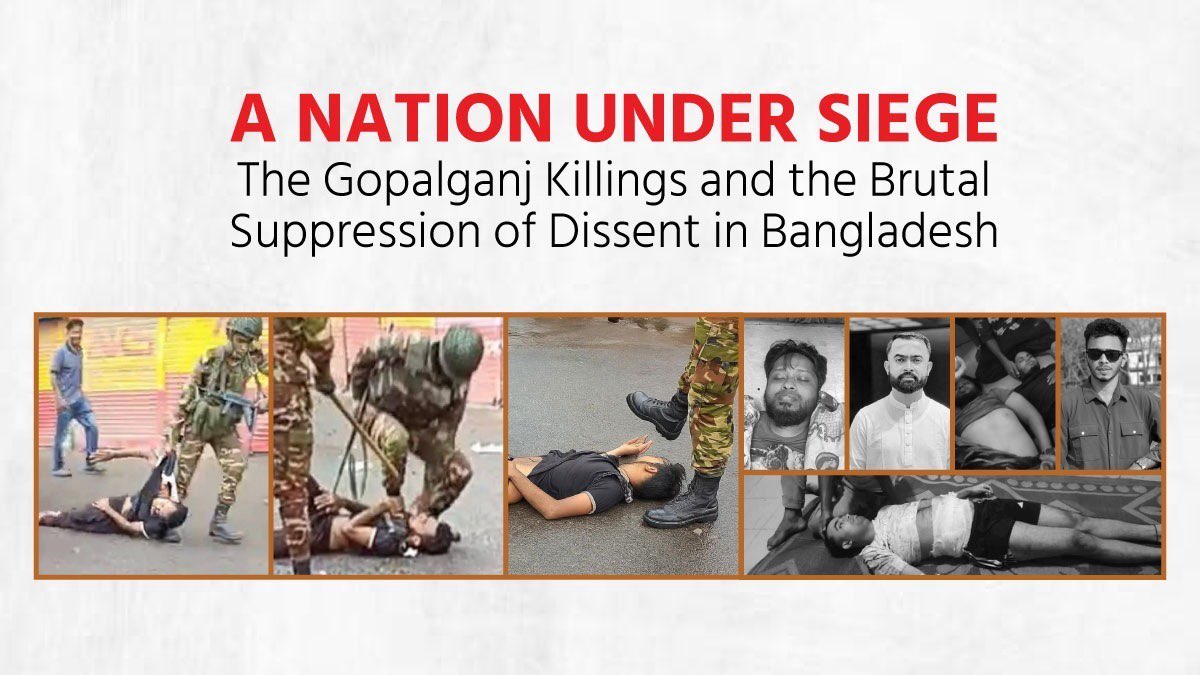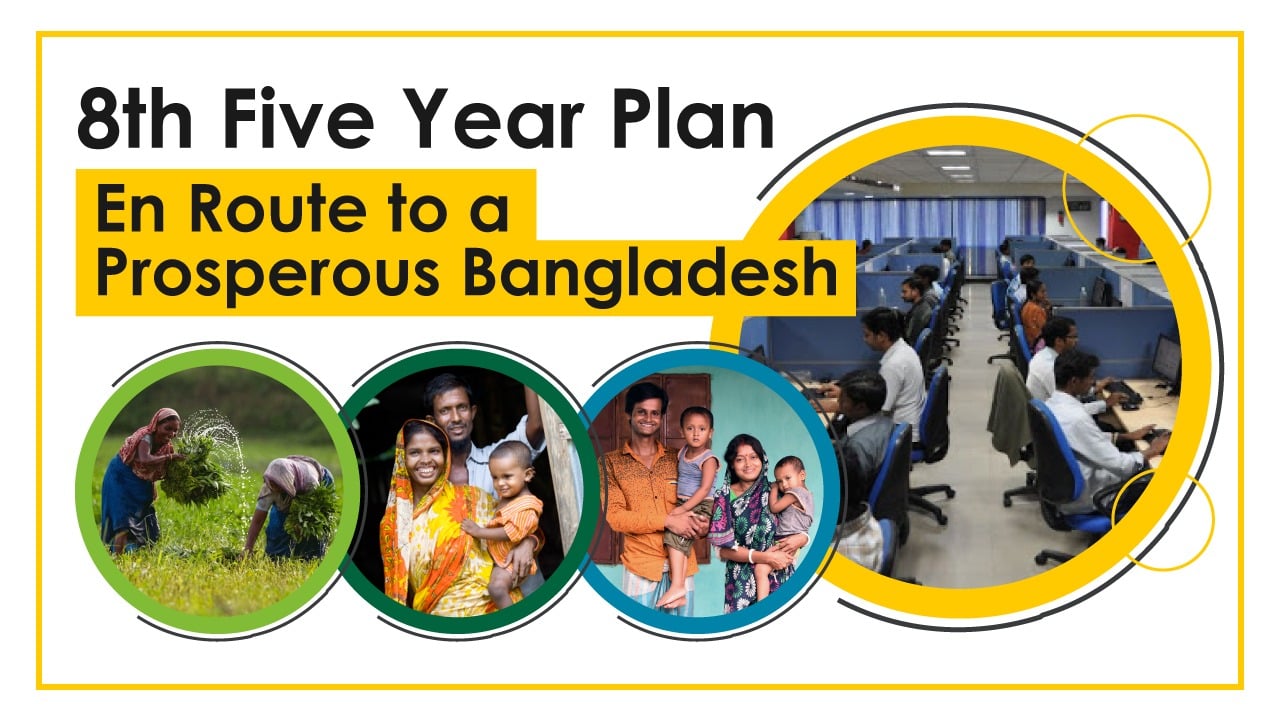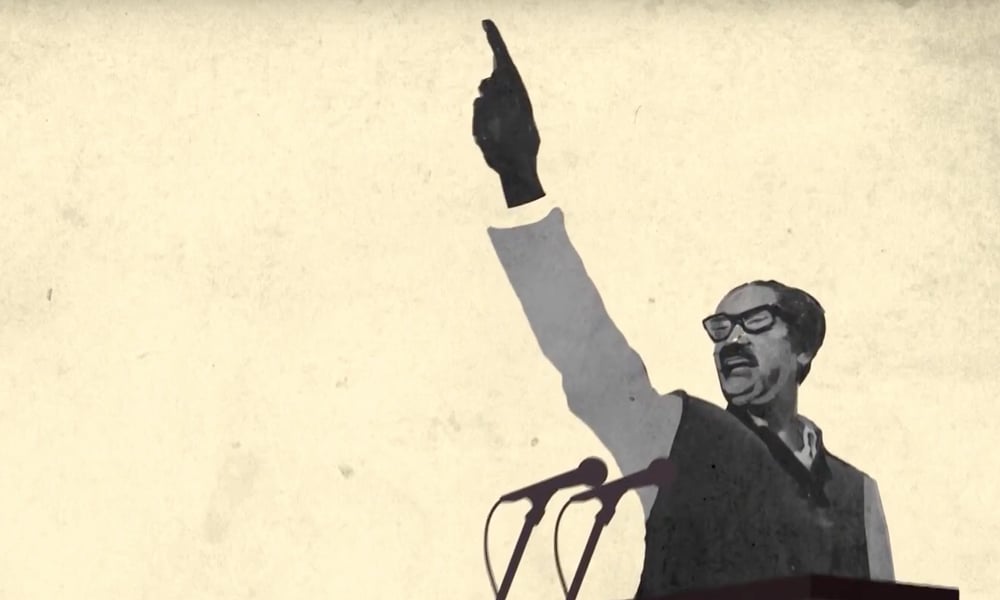3220
Published on January 12, 2017While the global economy slumped in the face Brexit and subdued investment, throughout 2016, Bangladesh has overtaken a number of developing nations around the world with a fast track economic growth and cemented its position as one of the sole bright spots in a flailing global economy.
Adding much to the surprise of the world, within a space of forty five years since it won the liberation, this green delta has outstripped her occupant on account of brand value going up to $144 billion while Pakistan, even with a territory six time larger than Bangladesh and having gained independence 24 years earlier, could rake in a mere $93 billion, according to a survey released last year by London-based Brand Finance.
For Bangladesh, the year 2016, has ushered in a new dawn of progress, success and prosperity for common good, given that a marked increase is gained in all scale of international indicators and indices—from economic, to employment and to human resource development. On the count of economic progress, all the development organizations, global multi-leaders and well-famed credit rating agencies including the likes of World Bank (WB) and Moody’s have laid out high praises and also lent out high optimism on the economic fortunes of this country and her people. Importantly, all the skepticisms were cast aside when a report, prepared by Asian Development Bank (ADB) in last September, revised upward the growth forecast at 7.1% for fiscal 2015-16, which was even higher than the government's estimate. Surprisingly, the economy braved that forecast too. It was not until 2016 that that country could go that far in breaking the 6% national growth trap, as in last December the rate of national growth soared to an all-time high at 7.11%, much higher than any projection.
On the other hand, with its emergence as one of the developing world’s biggest success stories in achieving Millennium Development Goals (MDGs), this stellar Bangladesh has drawn the global spotlight to emerge as a key global player in achieving the challenges lie ahead in the path towards Sustainable Development Goals (SDGs).
The country was set out on this voyage of national renascence under the leadership of the party president and Honorable Prime Minister (HPM) Sheikh Hasina in 2009 when the nation banked on her charter of change –“Vision 2021—the election manifesto of the party to turn Bangladesh in a middle-income one by 2021. Such growing prospects have been bolstered with the Awami League assuming to power for the second straight term in January 2014.
This time, the Bangladesh Premier promised to introduce landmark reforms such as inclusive monetary policy and lure massive foreign investment in a country that has suffered from weak infrastructure and institutional inertia. HPM Sheikh Hasina’s reform blitz has been dubbed as highly important for the unleashing of growth potential that Bangladesh has to offer.
In this report, we will go through the turn of key events that shaped the economic expansion and growth, while policies and their implications throughout last year are also illustrated.
Budgetary allocation
With a focus laid out to fast-track the giant projects, the size of the national budget went up by 30% at 43.2 billion, marking around a three-fold rise in comparison with that of 2006. Rising to this height has accounted for a strong economic management and prudent policies, envisaged and put in practice by HPM Sheikh Hasina. This year the country got the first ever allocation worth over $2.3 billion for speedy implementation of a raft of mega projects. On other hand, back in between 2001 and 2006, a lack of transparency, let alone, an array of hasty and indiscreet policies, as adopted by Bangladesh Nationalist Party (BNP) led 14 party alliance, have stripped millions of peoples of their economic fortunes while the economy was plunged down at 5% growth bracket. Thanks to the steadfast determination of our Premier that Bangladesh has been steered in safe hands.
Moreover, to fight against poverty and provide all assistance to the poor, a rice distribution scheme at lower than ever cost has been inaugurated by the Bangladesh Premier in late 2016. As part of a state-run initiative, as many as 5 million poor and ultra-poor people can get rice at Tk 10 per kilogram at different parts of the country. Every year, under this five-month initiative, the target group will get 30 kilograms of rice a month. Some 5.5 lakh tonnes of rice have already been allocated for this purpose in this year's budget.
The highest allocation worth US$ 6 billion has been proposed for the education sector while social safety schemes received around US$ 5 billion, up by nearly 16% year-on-year. For climate fund US$ 12 million has been allocated and the allocation for women, children went up by US$ 49 million.
Women's economic footprints growing
According to a survey, released last year by Bangladesh Bureau of Statistics (BBS), the total number of women-owned economic households stood at .3 million in contrast to 62,255 in 2003, testifying that women-owned economic households increased six-fold in the last one decade as women push to break out from their traditional role as homemakers. Poor women with no or little education, who previously stayed at home and engaged in cooking, are now taking up the management of the household, thanks to the various finances from the government which resulted in their involvement in different economic activities. In 2013, women-owned permanent establishments stood at 59,793, up 38% from 2003. This means the average yearly increase was 3.8%. Of the 4.52 million women engaged in economic activities, 2.5 million are in manufacturing, largely the garment sector. Full-time female workers stood at 3 million in 2013, a fourfold increase from 2003.
FDI rises record high
The flow of Foreign Direct Investment (FDI) into Bangladesh posted a promising 7.78% growth in the first quarter of the fiscal year-2016-17. Net FDI inflow during the first quarter (July-September) stood at $642 million, which is $50 million or 7.78% higher than the $592 million fetched during the same period last fiscal, according to Bangladesh Bank (BB) data. As per the rankings of World Trade Organization, Bangladesh moved two-notch ahead from 178 to 176 in respect to improving the business climate.
Record forex reserve
In 2001, the country had to defer its payments to the Asian Clearing Union (ACU) for imports to avoid compromising the $1 billion foreign exchange reserve as that would undermine its global image. But last year, the reserve hit all time high at $32 billion for the third time. The reserves were enough to cover the country's imports for approximately eight months. Lower import of raw materials due to improved backward linkages, and less import of food for better local production also helped cut import bills to boost the forex reserves.
Inflation
Replicating 2015, the trend of inflation, throughout last year, continued to ride on a downward trend, infusing a sense of relief among the countrymen and vindicating a raft of monetary policies implemented by the central bank. In last February, the downturn hit a 41-month low registering 5.62%, propelled by a decline in food and non-food inflation. In May, inflation decelerated 16 basis points month-on-month to 5.45% -- the lowest in 43 months. Biggest milestone is set in last December when the general inflation marked a six-year low decline at 5.3%. The food and non-food inflation slipped to 5.38% and 4.49% respectively, which were 5.4% and 5.33% a month earlier.
Per capita income rises
With all economic indicators yielding positive outlook, fresh optimism and perception run high that the per capita income in Bangladesh was increased by 11.39% to $1,466 by end of this fiscal year, up from $1316 in last fiscal year. After nearly a decade of registering 6% growth trap, the economy expanded more than 7% in last fiscal year. In last year, gross domestic product grew 7.11%, according to BBS. On the whole, the last year saw the size of the economy grow larger, the garment industry expanded at a rapid pace, expansion in the export industry and the foreign exchange reserves mark record increase.
Export rises
Exports registered 7.11% growth in 2016 to $34.93 billion on the back of higher shipments of garment items. Garment shipments, which typically account for 80% of the export earnings, brought home $28.61 billion last year, up 7.89% year-on-year, according to data from the Export Promotion Bureau (EPB). According to a new WB report, Bangladesh can become an export powerhouse at the level of its East Asian neighbors by improving its business competitiveness and trade regime, which will help firms compete globally. In the first eight months (July-February) of the last fiscal year, the country saw the export earnings rise by around 9%, over 2.35% more than the target, as the total exported products exceeded a whopping $22.12 billion so far.
New five-year Industrial Policy
The draft of the National Industrial Policy-2016 has been endorsed by the cabinet to speed up the nation’s march towards graduation to the middle-income status through boosting rapid industrialization. As per the new policy, the industrial sector has been divided into five categories – high-priority, priority, creative-based service, reserved, and controlled industries. Provisions were incorporated to make the policy ever more investment friendly for the international businesses. Two new sectors -- high-priority industry and creative industry – are included in the proposed industrial policy, for which the government will provide financial and policy support. The facilities extended to foreign investors are also increased by manifold in yet another bid to bump up the inflow of investment from abroad. For instance, foreign investors who take up green, high-tech or transformative projects will get a special financial incentive package. An integrated one-stop service will be set up, in addition to country-specific economic zones or industrial parks for foreign investors. Other than the separate economic zones, the foreign investors will also enjoy tax holidays.
7th 5 Year Plan to lower income inequality
Envisaged, introduced and implemented by HPM Sheikh Hasina, the seventh five-year plan has turned out to be an instrumental one in reducing the disparity of wealth and uplifting the lives of people from the clutches of poverty and hunger. Considered as a bold and visionary step by the experts, the policy has also been helping women gain their economic freedom and avail employment opportunities. Implementation of previous such plans, as deemed by experts, played a crucial role to achieve the MDG related goals while this one incorporates a set of goals related to the SDGs. In light of this plan, a monetary policy and national budget have been developed keeping in view of lowering income inequality over the longer term so that several distributive fiscal policies can be put in practice to finance critical programmes for the poor and the under-privileged members of the society.
PPP potential to fetch $1.5billion FDI
A complete overhaul has been made, over the last six years, in the gambit of Public Private Partnership (PPP) in Bangladesh to transform the climate into ever more conducive towards foreign businesses, opening up the prospect to secure around $1.5 billion in the form of FDI per year. Currently, contracts on seven PPP projects have been signed which started fetching investment worth $1.3 billion, along with a good number of PPP projects being on the cards. Once they go operational, all the projects will take the inflow of FDI at $6 billion in the next five years, a direct fruition of the time-bound investment policies under the Awami League-led government.
Women's leadership significantly higher in social enterprise
According to a new survey, Bangladeshi social enterprises are generating an average annual turnover of around $210 million. Around 20% of Bangladeshi social enterprises are led by women, accounting for 41% of the full-time equivalent workforce; more than double of their participation rate in the general workforce. The British Council, United Kingdom's international organization for cultural relations and educational opportunities, launched two new survey reports, which stated that the participation of women in part-time jobs is 53% and 47% in full-time jobs this year.
Bright outlook for 2017
Building on the robust growth throughout last year, a draft of international financial institutions has pinned positive economic outlook for 2017. According to a survey of Japan External Trade Organisation (JETRO), Bangladesh has continued to be an attractive destination for Japanese companies to do business due to its lower production costs and labour wages compared to those of 19 countries in Asia and Oceania. According to another report, released by UN Economic and Social Commission for Asia and the Pacific (UNESCAP), the economic health in Bangladesh will continue to take on another surge, ushering in a new era of change and progress. Banking giant HSBC has termed Bangladesh as a growth market, as the country with a booming economy is offering huge business opportunities. The latest report, as published by United Nations Conference on Trade and Development (UNCTAD), has placed Bangladesh in a league of six countries, around the world, that holds high prospects of graduating out of least developed countries (LDCs) status by 2024. Bangladesh has already attained the economic vulnerability index (EVI) which is 25.1 now and for the graduation from LDC, the index must be under 32.
